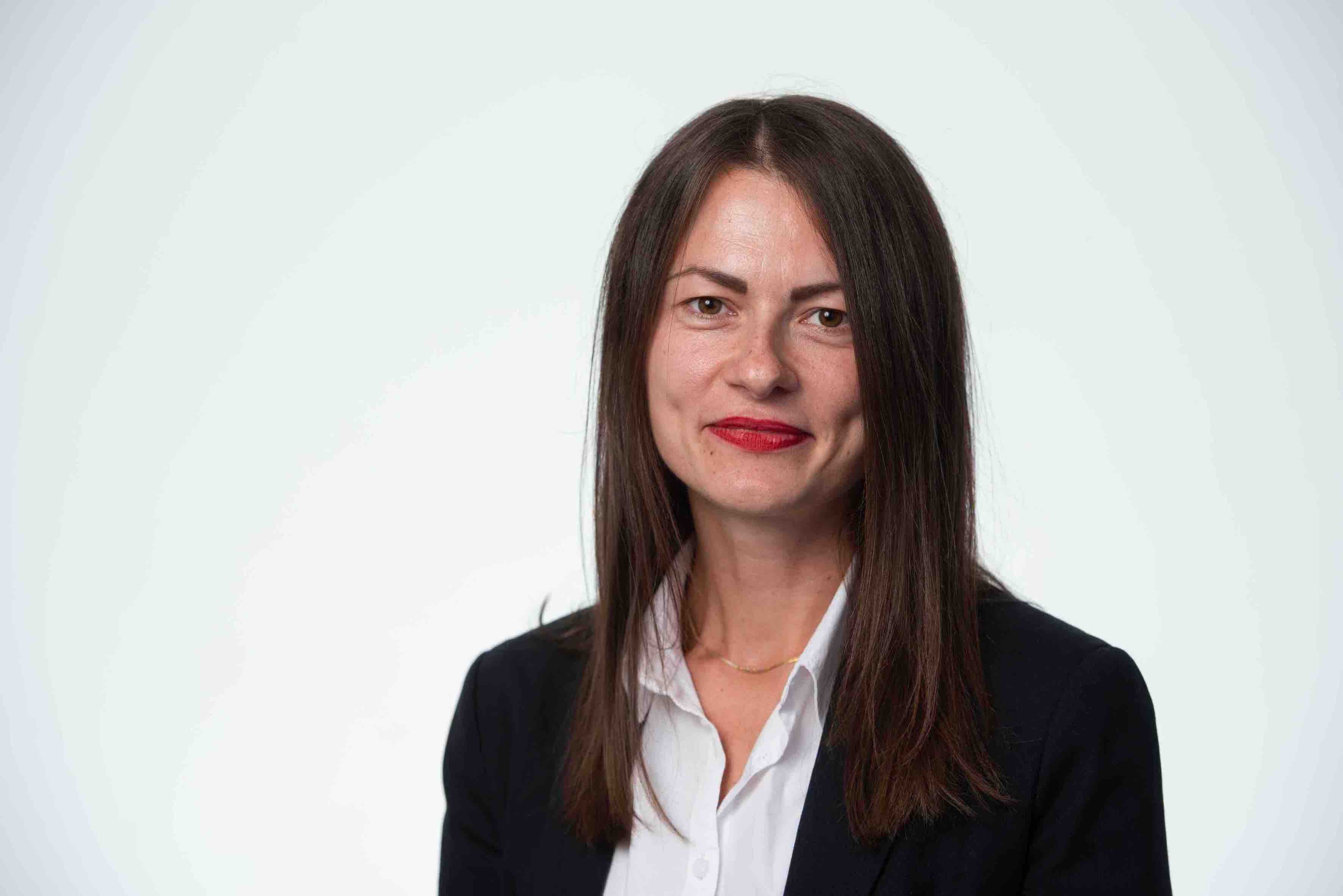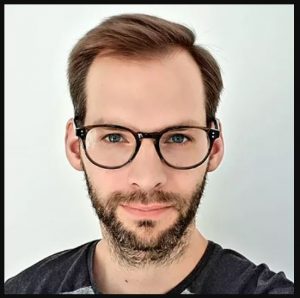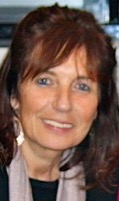“It’s your job to figure out if it’s a problem you’re solving, or if it’s a problem you’re making up”
Shyam Srinivasan completed his undergraduate studies in medical engineering at VIT University in India and a master’s degree in biomedical computing at the Technical University of Munich. He made the jump from research to entrepreneurship when he joined forces with two colleagues to create Dymium (dymium.de), a start-up aiming to market a new-generation device to treat kidney stone disease. So far, they have attracted more than 850,000 EUR in funding through public grants and private foundations.
Creaducate Consulting (www.creaducate.eu), a Silver Partner of Innovation Forum 2022, recently sat down with Mr. Srinivasan to ask him what he has learned about the importance of good communication on his entrepreneurial journey.
Creaducate: Has anything changed about how you communicate your product from when you first began your start-up to now?
Srinivasan: We change our communication every other month, and it depends on what level we’re at, and how our development goes. It also depends on what we learn from month to month. We have different presentations or pitches for investors, for potential partners, and so on. Knowing our audience is our first principle for how we communicate outside.
When we began the company, we were four people – all students – and the communication was mostly about the problem and making sure the audience understood the problem, especially because the audience was mixed: there were some urologists, some surgeons, other types of clinicians, as well as people from management and administration. Our communication was about making all of them understand the entire process and how our concept works.
As we developed, as the proof of principle became a proof of concept and then a prototype, we started to get more information about what we were developing. At the same time, we also understood what our market wanted and what our end-users needed. This information brought us forward in helping us explain what we were up to. So, if you compare our communication now with our communication three years ago, they both talk about the same problem and the same solution, but how we are getting there has changed. As we developed, we realized that products have to be priced a certain way, made a certain way, and tested a certain way, for them to reach the market. And that has changed the way we communicate about the product. In the beginning, we were dreamers, and since then we became realists.
Creaducate: Have you had to change your communication in response to changes in your landscape of competitors?
Srinivasan: Just as we have progressed, our competitors have as well. The good news is, we know more about our competitors with time. The bad news is, they’re ahead of the curve: our two main competitors are at least three years ahead of us in terms of development. That led us to sharpen and focus our communication to investors in order to highlight the advantages that our product offers over theirs.
Creaducate: You made the transition from academia to industry, and in particular, to the world of start-ups. Has that led you to change the way you communicate?
Srinivasan: Things change when you move from research to entrepreneurship because you need to draw a fine line between presenting and selling. To investors, you sell them your vision, your team, and your concept – in that order. With academia and with scientists, we sell with our results, then with our team, and then with our financial backing, including any potential conflicts of interest over who’s actually supporting the project. Scientists are concerned about who’s supporting the project, mainly to understand any potential biases in data reporting.
Investors care about your financial backing as well, but primarily for a different reason: they want to know who else has become convinced of your vision. Investors want to know if you have a good team, a good market, and a good basis for the concept you’re developing. Is the technology proven, tested, and technologically safe? Has the concept been de-risked, financially and technically? These are important to anyone who might fund your work, including public agencies and foundations.
As scientists, we tend to undersell. We seldom think about expressing what our vision is. It’s important to convey what you want the product to achieve.
Creaducate: We have focused so far on external communication. What have you learned about internal comunication, within your company?
Srinivasan: Investors invest in teams, not in ideas. Teams are the “no. 1” reason why start-ups succeed or fail. If members of a team have different visions, if founders don’t meet to openly discuss their expectations – are they looking for a quick exit in a couple of years, are they looking to develop an SME in 10 years? – and if the team doesn’t have an IP strategy they agree on, then they can’t lead the company in the same direction.
Creaducate: What would be your favorite advice for people who, like you, want to make the shift from academia to a start-up?
Srinivasan: People get excited when they discover something; I think that’s true for any scientist. It’s a process of self-discovery, yet the truth in this world is that it’s probably been done before (laughs), and people forget to do their basic patent and literature research after they’ve found something. That is a reflection of their ability to analyze what’s on the market and to challenge their own idea. That’s the first thing about external communication: it’s not about whether you’re open or closed with your idea, it’s about whether you’ve done your homework to know is it patentable or is there a market behind it? It’s your job to figure out if it’s a problem you’re solving, or is it a problem you’re making up for a solution that you have. Be very objective about it. Then start speaking to people who have experience with that, who know what it’s like to have done something, who know the field… to see what they think about it.
The first lesson of communication about your product is to be able to be objective about it: to be able to say it is *^*! when it is. That is true for external as well as internal communication: co-founders need to be able to say to one another that the idea is not that great.
We engineers and technical people have a bad tendency to start thinking about solutions before defining the problem. We really need to stop doing that (laughs).
It’s quite useful to have a member of your team with a business background, because it changes the communication within the team. If you’re two scientists who think you can start a company and you think your idea is great, put that to the test by talking to someone with a business background. That person will probably ask you questions you would never ask yourselves. They ask about costs and achievability. They ask you to dumb down the idea to its simplest version, which most scientists fail to do. The people who want to fund you do not necessarily have the background to understand what you do.
Pitching Dymium
Kidney stones are notorious: they are crystals that tend to regrow if left behind in the kidney, and doctors are unable to remove all of them, so patients have to come back for future surgeries. Currently doctors go into the kidney using an endoscope that’s going through the urethra and into the kidney, then they break the big stones into small stones, and catch each one with a basket and remove them individually. Imagine removing thousands and thousands of pieces of stones individually – it’s virtually impossible. We want to change the way the procedure is done: we want the stones to come to us. The best things in the world that enable you to do that are magnets. We found a way to magnetize the kidney stones, and we found a way to introduce a magnet into the kidney, so that we can pull all of them out in a few swift flows.
I took an entire three years’ worth of research and development and dumbed it down into five sentences. It conveys the message: what is the problem, the solution, and the product. That is what you should be able to do.
Shyam Srinivasan, Co-founder, Dymium










